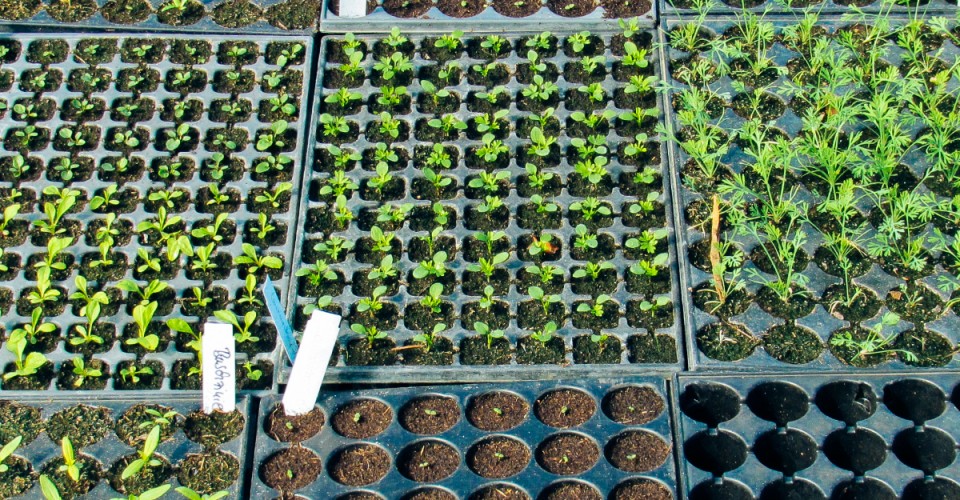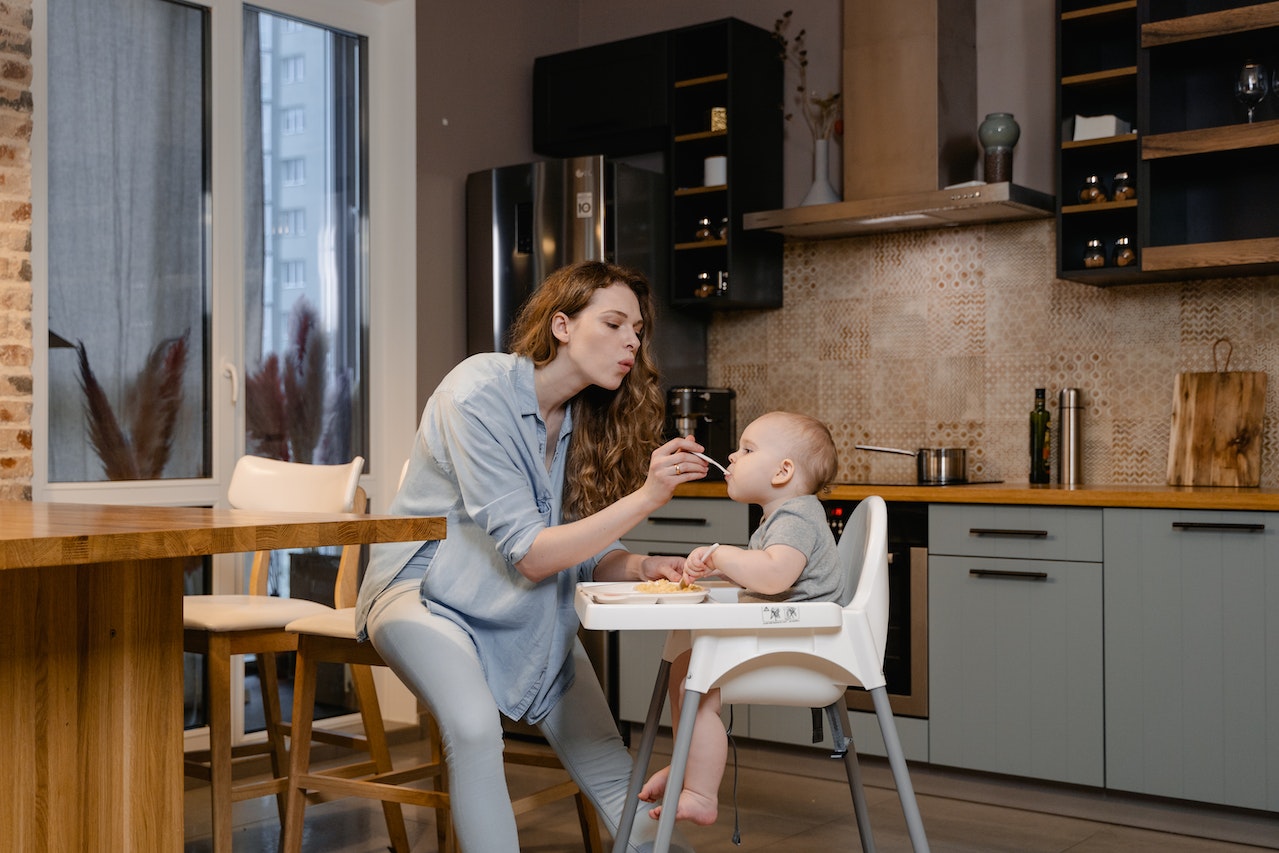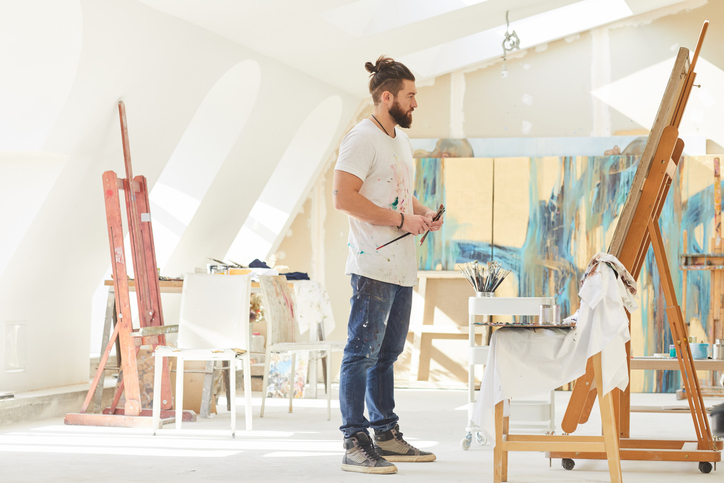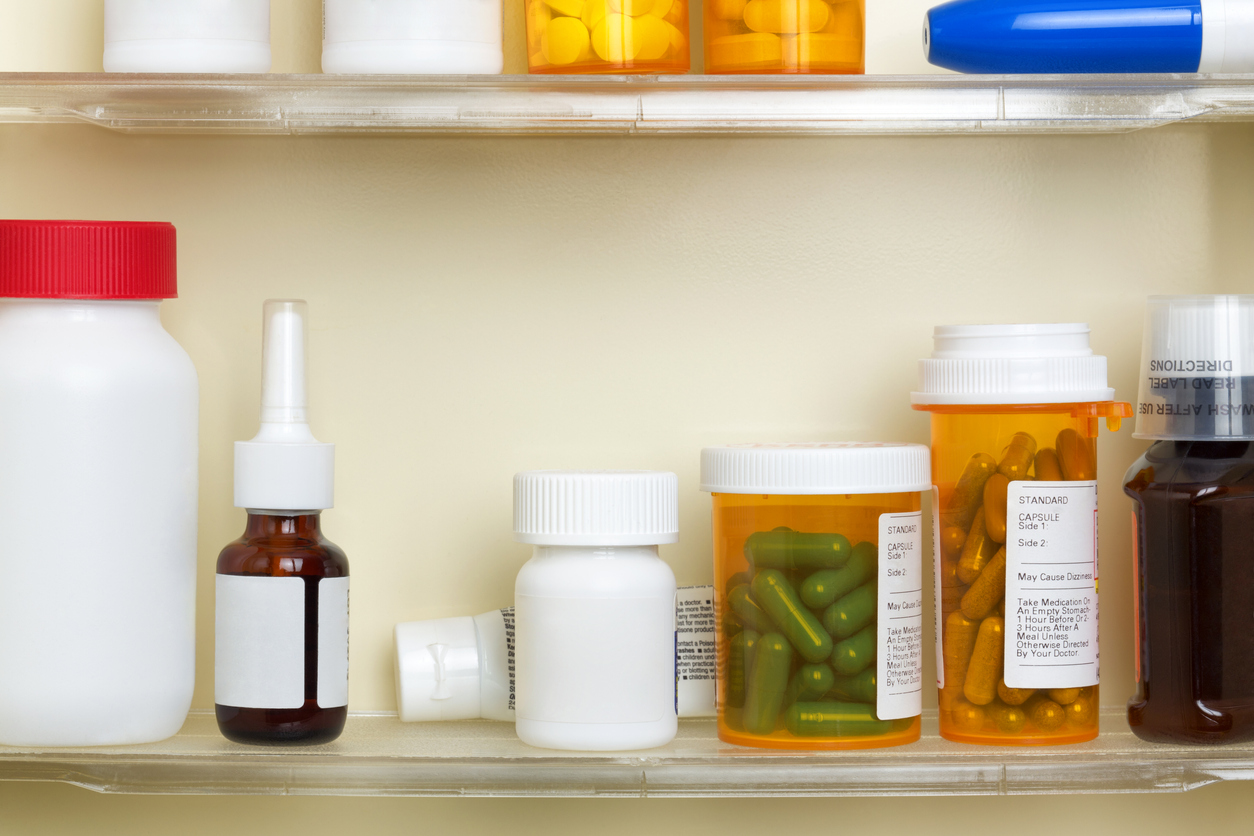It may be too cold outside to think about your summer garden, however winter is the perfect month to start growing seeds and seedlings indoors. Starting your seedlings is cheaper than buying a small plant and you can have access to a much wider variety of plants. Here’s the best way to successfully start growing seedlings inside your home.
Sort Seeds
Some seeds should be planted directly into the ground and some should be started indoors. When purchasing your seeds, sort your packages in to two piles – those that will be planted directly into the ground should go in one pile, those that need to be started inside should go in another. Many vegetable seeds will get planted directly into the ground. When in doubt, read the back of the package. Most packages state when the seeds should be planted “…before the last frost date…” You can determine your expected last frost date by checking the Farmer’s Almanac, Frost Date Calculator. If you don’t see any information about when to start the seedlings, a good rule of thumb is to start the seeds about 6 weeks before the last frost date. If your packages give specific dates (5 weeks before last frost date, 4 weeks before last frost date, etc.) further sort the “inside” packages.
Seed Containers
You can use nearly any type of container to start your seeds, just make sure the container is about 2-3 inches deep and has drainage holes. Seed starter kits are easy but you can also use empty egg cartons or paper cups (just poke several holes in the bottom). Use good soil mix for your seedlings, not regular soil from your yard. It will have the right texture for the seeds to start germinating.
Temperature and Light For Seeds
The tiny seeds are not ready for the cold temperatures outdoor. The best temperature for seed germination is around 78′ F although some seeds can germinate at lower temperatures. If your indoor temperatures are too cold, consider small heat mats under the containers or place the containers on top of a warm appliance like a refrigerator. Once germination has taken place, most seeds can withstand lower temperatures and will require natural light. Many gardeners choose a windowsill location for the early growth stages of the seeds. If your natural light is too weak, full-spectrum fluorescent light bulbs, hung as close as 3 inches from the seedlings, and left on for approximately 12-14 hours a day
Water and Moisture For Seeds
Seedlings need constant moisture, keep them wet and moist but not soggy. Before they sprout, some gardeners keep a lid or plastic wrap over the containers to ensure high-humidity levels. Once the seeds have sprouted the covers should be removed to prevent mold from forming.
Seed Fertilizer and Nutrients
Baby plants should be given a liquid fertilizer once the first leaves appear. Because the plants are delicate, read the instructions carefully about dosages. There are many organic fertilizer solutions like Organic Liquid Fish.
Check Seeds Daily
Seedlings are baby plants, and like all babies they should be watched carefully. Check on them daily to assess their temperature and moisture levels. Once the seeds start growing, and you’ve been fertilizing them, gauge your outdoor temperatures. If it looks like your winter weather will be around awhile longer, you’ll want to keep your seedlings indoors. If your weather is warming up, you may be ready to plant them a bit early. Consult the individual packages for best outdoor planting times.
Quick seed identification tip
Using a plastic spoon or fork, invert the utensil into the row or grouping of the seeds you wish to identify, with the spoon or fork tines pointing up. Cut or tear the empty seed package and slip it over the top of the utensil. This way you’ll have all the necessary details handy.




